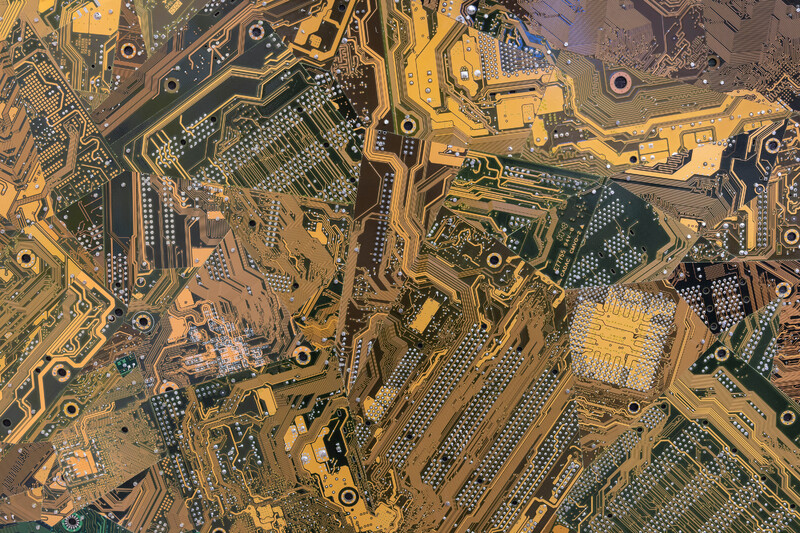



Wing
In palaeontology, scientists use embedded bone fragments of extinct animals to date specific rock beds. If enough samples are found in various parts of the world, these fossils can be used to create a geologic record of events going back millions of years. Rarely, however, will a complete skeleton be discovered in a single location. More often, the remainder of an animal’s characteristics—its size, weight, and outward appearance—are uncertain and left to modeling and guesstimation until sufficient fragments can be collected to reconstruct a complete skeleton.
These are the Thunderbirds. They have existed in the past and continue their existence today. For thousands of years, people have fashioned mythologies in an attempt to understand the power and significance of the Thunderbird. Viewed collectively as fossils, or as living prophecy, Thunderbirds are pulled from the tar sands of northern Alberta, hydro-fracked from the bedrock of the Marcellus Shale, and resurrected from the uranium mines of northern Saskatchewan to live again among human beings.

The Blackwood
University of Toronto Mississauga
3359 Mississauga Road
Mississauga, ON L5L 1C6
[email protected]
(905) 828-3789
The galleries are currently closed.
Facebook | Twitter | Instagram
Sign up to receive our newsletter.
The Blackwood is situated on the Territory of the Mississaugas of the Credit, Seneca, and Huron-Wendat.